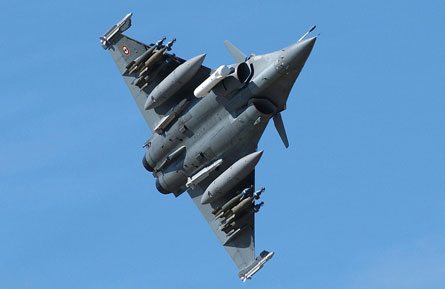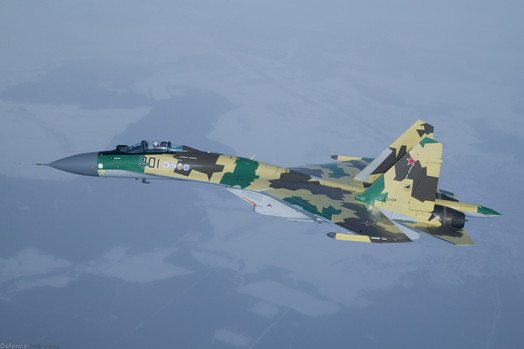Indian top-gun pilots are slowly but surely running out of combat-worthy fighters to fly. Faced with the twin-threat from China and Pakistan, the IAF has once again sounded the red-alert over the huge delays dogging all its three fighter induction projects.
Air Chief Marshal Arup Raha on Saturday said the delays in the MMRCA (medium multi-role combat aircraft) project, the indigenous Tejas light combat aircraft program and the joint development of the futuristic stealth fifth-generation fighter aircraft (FGFA) with Russia, should be a major concern for the entire country.
“Every project, be it acquisition or design and development, is taking longer than it should. We have lost timelines. We have quite a few fleets which are on their last legs. It’s definitely a concern,” said ACM Raha, ahead of the IAF’s 82nd anniversary on October 8.
Down to just 34 fighter squadrons, which includes 14 of ageing and virtually obsolete MiG-21s and MiG-27s, IAF is obviously worried about its fast-depleting air combat power when both China and Pakistan continue to flex their muscles along the borders. It requires at least 44 squadrons to be at ease against both.
Responding to the military standoff with China in Chumar and Demchok sectors of eastern Ladakh last month, which coincided with Chinese President Xi Jinping’s visit to India, the IAF chief said it was “mysterious” how such border incursions took place during high-profile visits.
“In diplomacy, some signaling is done. I am not going to guess why it was done. But we are not giving ground to anyone,” said ACM Raha, who is also the chairman of the chiefs of staff committee. He admitted it would take four to five years to plug all operational and infrastructure gaps in Ladakh and the north-east.
The new Modi government is showing “great urgency” in “expediting” processes and projects. With all the three Service chiefs meeting the PM on a one-on-one basis every month, every project is being reviewed and accountability being fixed, he said.
But it will take a lot of doing. The indigenous Tejas fighter, in the making for over 30 years now, for instance is still far from becoming fully combat-ready. Tejas also cannot replace the need for a MMRCA since the light-weight fighter has a shorter-range and less weapon-load carrying capability. It will not, for instance, be capable of deep-penetration attacks into China.
Similarly, the final commercial negotiations for the almost $20 billion MMRCA project — the global tender for which was floated in August 2007 – for 126 French Rafale fighters have proceeded at a glacial pace.
Though the work of three sub-committees dealing with technical maintenance, offsets and transfer of technology has been completed, sources said Dassault Aviation is still reluctant to take responsibility, with warranty and liquidity damages, for the 108 Rafale jets to be made in India by Hindustan Aeronautics.











